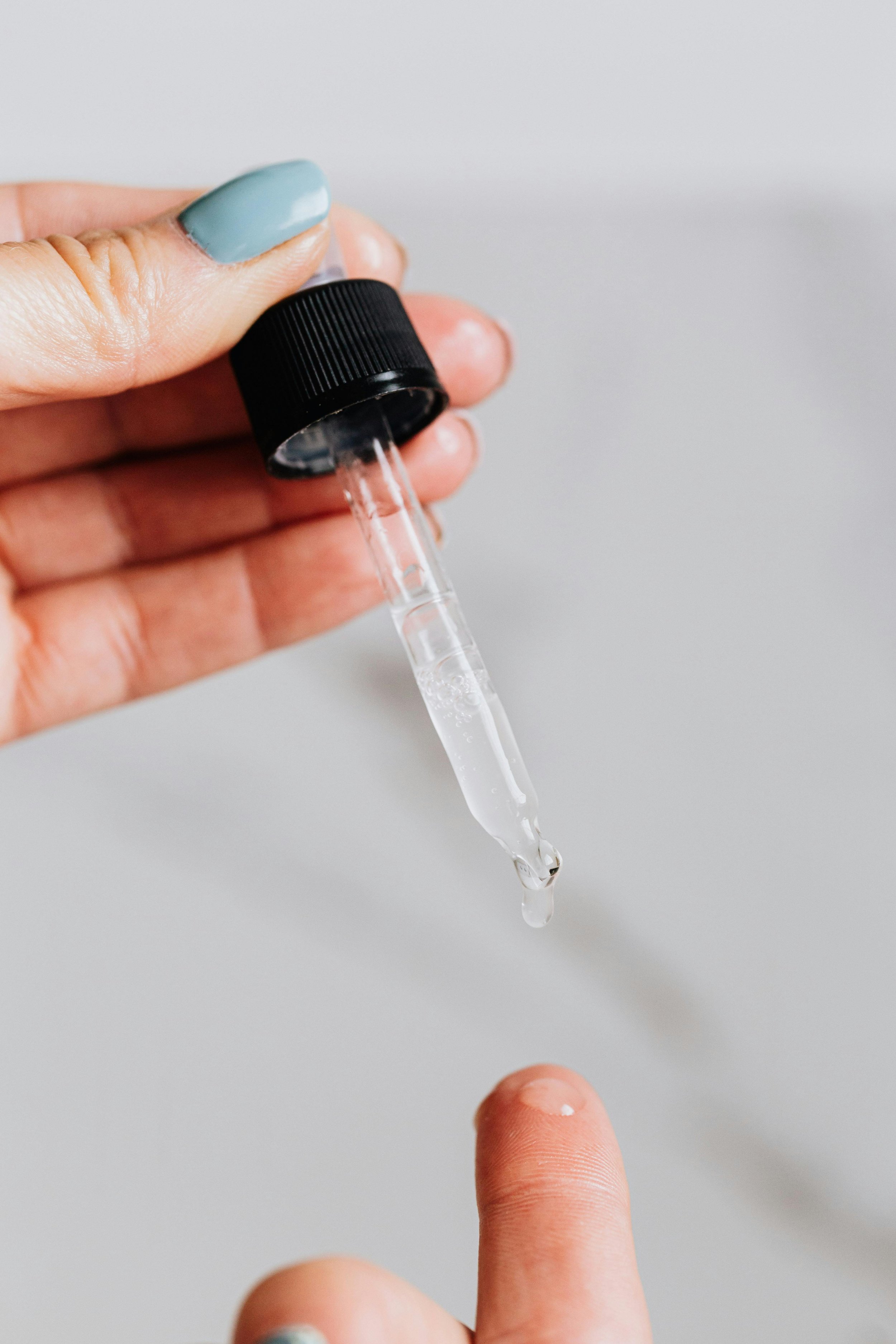The Basics of Lasers
In the world of cosmetic treatments, laser technology has emerged as a gold standard treatment, offering precision and efficacy that was previously unattainable.
But what exactly underpins this advanced technology? Let’s cover the basics principles of laser that both aesthetic clinicians and patients should now.
What is a LASER?
Lasers, which stand for Light Amplification of Stimulated Emission of Radiation, are not as complex as they sound. They produce a single wavelength of light, emitting parallel rays that maintain their focus over distance with minimal dispersion. This means that they are good at penetrating into the skin, which only a small amount bouncing off or being reflected off the skin.
The key here is the absorption of this light, which converts radiation energy into heat, with the ultimate aim of selectively heating the target area while safeguarding the surrounding tissue.
What is Photothermalysis?
At its heart of laser treatments is the principle of selective photothermalysis. This principle enables us to harness a specific wavelength of light to target a particular molecule in the skin, known as a chromophore.
This targeting allows for the targeting of thermal or heat energy to treat the desired area (whether that is pigment, blood vessels, lines and wrinkles, or scarring), while minimising damage to the surrounding tissue.
The Chromophores
For a deeper understanding, let's consider chromophores—these are the molecules in the skin that lasers aim to target. Common chromophores include:
Melanin in pigmented lesions (think sun spots, freckles, melasma), which absorbs light within the 600-1100nm range
Oxyhaemoglobin (OxyHb) (thick blood vessels, disffuse redness, cherry angiomas) with absorption peaks at 418, 542, and 577 nm
Water, which is targeted for treating wrinkles at wavelengths of 950-1100nm.
The Key Parameters in Laser
To grasp the essence of laser treatment, there are five key terms to familiarise yourself with:
Wavelength: This is essentially the colour of the laser or light used for treatment. The choice of wavelength is crucial; it needs to be absorbed by the chromophore to ensure efficacy. Longer wavelengths penetrate deeper into the skin with less scatter, making them ideal for targeting deeper skin layers.
Fluence: This refers to the energy density of the laser beam, measured in joules per square centimetre (J/cm²). It's about finding the balance—sufficient energy to destroy the target without harming the surrounding tissue.
Pulse Width: This is the duration over which the laser energy is delivered. A key parameter, as the goal is to heat the target while minimising thermal damage to nearby tissues. Pulse widths can range from picoseconds to seconds, affecting how deeply the laser penetrates.
Thermal Relaxation Time (TRT): This is the time it takes for the target to cool down to 50% of its peak temperature after laser exposure. Different structures have different TRTs, influencing how we use lasers to treat them.
Spot Size: This is the diameter of the laser beam when it hits the skin, usually measured in millimetres. Larger spot sizes allow for faster and deeper treatment penetration, while smaller sizes lead to more scatter and less depth.
An understanding of these principles can revolutionise how we approach cosmetic treatments, offering targeted solutions with minimal downtime.
Final Thoughts
In essence, laser technology in cosmetic treatments is a blend of science and art. It offers a precise, efficient, and gentle way to address a myriad of skin concerns, from aging and pigmentation to hair removal and beyond. As we continue to embrace these advancements, the potential for transformative cosmetic outcomes becomes ever more accessible.





Exosomes and other regenerative medical techniques are all the rage in aesthetics at the moment. But there are so many different types of exosomes out there, and it can be difficult to know which ones are best! While there is a lot of positive early data on quite a few different options, a new contender has entered the scene: bovine milk-derived exosomes.
Yes - that’s right - milk exosomes!
But can milk really offer a genuine solution for anti-ageing?
Let’s dive in.